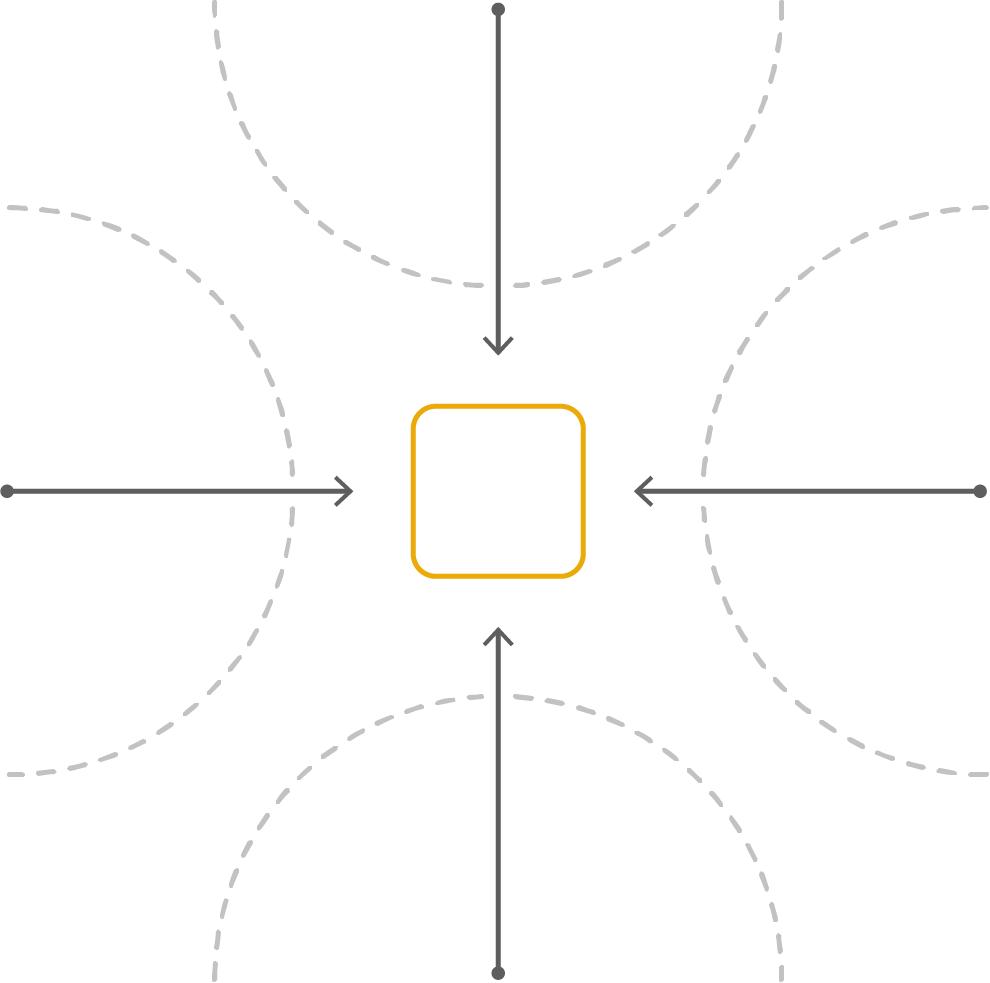The Foundation of Artifacts
Core Concepts
Computers can be tools for thinking: They can help us shape our thoughts and express our ideas, making us more creative and letting us solve more complex problems.
What if a system was designed from the ground up to support this process? What would file management look like if it was built to support humans in expressing and developing their thoughts and ideas from the start?
Based on these questions we derived the following four core concepts that Abstract is based on:
Different ideas need different forms of expression – sometimes a text is the right way to go, sometimes you want to sketch it out, sometimes you want to create something more complex, like a 3D-model. But when you use different forms of expression for different parts of one thought, the thought gets scattered across many different libraries, files and folders.
Artifacts uses documents as units of meaning: one document is used to express one thought and it can be made up from any combination of content and media, allowing you to always use the right form of expression while retaining the structure of a thought and keeping everything in one place.
A hierarchical structure of folders and files inhibits the making of cross-connections and limits creativity, because it is slow, inflexible and too rigid. Organizing documents using tags helps you to organize your collection in a meaningful way and look at documents in any context that it is relevant in. This could even be the metadata about the location where it was created.
By taking into account what you are currently working on, which documents you opened and information like the current position the system can derive the context of your current thoughts and support you in your expression of thoughts. The system helps you to organize the documents seamlessly and offers information from your collection and other sources in order to inform you about recent developments and support you in your creative process.
Today, collaboration is a core part of the creative process. It is integrated tightly into the system, enabling you to share documents from your collection with others and edit them together in real-time. This enables a more collaborative creative process and supports you to develop ideas in ways not possible before.




